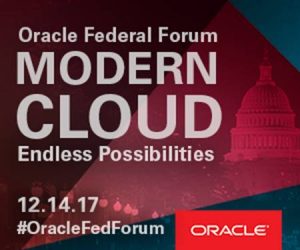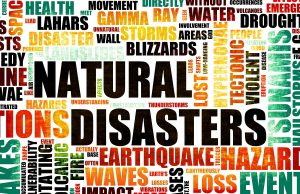
The federal healthcare market is a dynamic space that plays a role in many of today's key political and societal challenges. From insurance reform, to identity theft and ransomware attacks, to a focus on the opioid crisis, healthcare has been front and center in the news cycles. Agencies across the Department of Health and Human Services (HHS) are intimately involved in responses to these challenges. It is a large and complex organization that relies on the help of industry partners to meet the ever-evolving public health needs of the nation.[Tweet "Getting a Pulse on Health and Human Services. #GovEventsBlog"]
Some current key challenges facing the Department are:
- IT modernization - About 40 percent of the systems of record in HHS are legacy systems in need of modernization. The agency has a goal of bringing 30 percent of its operational systems into the cloud in the coming years. It will do this with an annual IT spend of $13.8 billion.
- Interoperability - As part of the IT modernization, HHS is looking at interoperability as a key solution. Interoperability, of course, has a technical component, including looking at key tech trends such as blockchain and HL7 FHIR. There is also the need for process interoperability, including changing procurement policy and practices.
- HIPAA - Having been on the books for over 20 years, HIPAA is still evolving to meet the needs of today's providers and patients. In an age of data breaches, compliance with HIPAA security guidance is a key focus of all health organizations. While IT security may be getting beefed up, other guidance is being loosened to better serve the public health. Recently, HHS released new guidance on when and how healthcare providers can share a patient's health information with family members, friends, and/or a legal representative when a patient is in crisis from opioid abuse.[Tweet "Key challenges facing the HHS include: IT Modernization, Interoperability and HIPAA #GovEventsBlog"]


 Now in its tenth year, the
Now in its tenth year, the 



